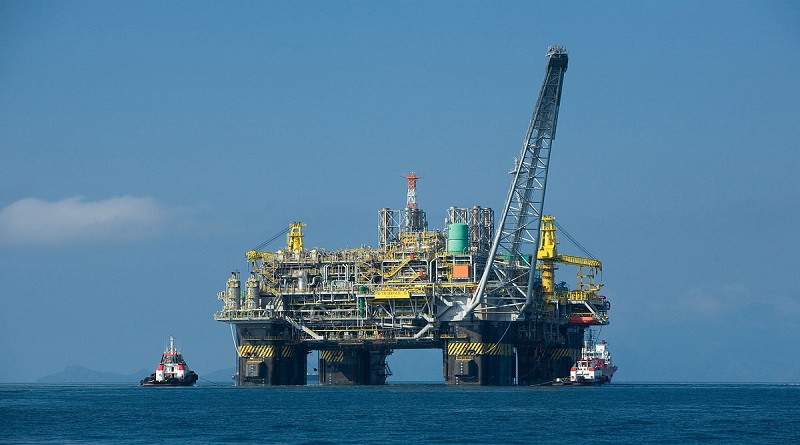Why oil companies must invest in low carbon projects
A new report by the Carbon Tracker has warned that five of the world’s six largest listed oil companies risk wasting more than 30% of possible spending – with a total value of USD 2.3 trillion – on projects that are not aligned with the goals of the Paris Climate Change Agreement, and need to reconsider investments in order to protect the interests of investors
This is the main conclusion of a new report by Carbon Tracker, entitled ‘2 Degrees of Separation’, compiled together with the Principles for Responsible Investment (PRI) and institutional investors.
The report is the first to rank the oil and gas industry company by company and identify where shareholders’ money could be most exposed as a result of the inevitable transition to low-carbon.
The central aim of the Paris Agreement is to limit the global average rise in temperature to as close as possible to 1.5 degrees Celsius, with 2 degrees the upper end of the scale.
The UN’s World Meteorological Organization this week warned that the world is experiencing more frequent and earlier heatwaves, with many local heat records broken in May and in June of this year in North Africa, Asia, the Middle East, Europe and the United States.
The fact that the world is experiencing such weather extremes with only 1 degrees Celsius warming in the climate system is a clarion call to leave the bulk of known fossil fuel reserves in the ground. For example, the one degree C warming translated into a regional June temperature anomaly of around plus 10 degrees Celsius in France this week. The burning of fossil fuels is responsible for most of the emissions of heat-trapping greenhouse gases that are causing dangerous climate change.
James Leaton, Carbon Tracker’s research director said: “There are clear signs that oil demand could peak in the early 2020s – so companies need to start taking project options that would come on stream then off the table, and be transparent about how they are aligning with a low carbon future. Sticking with the growth at all costs scenario just doesn’t add up for shareholder value when the policy and technology momentum is heading in the opposite direction.”
The report finds companies are likely to perform better by aligning with a 2 degrees C world because lower cost projects have higher margins. The oil price would need to average USD 100 a barrel over the long term for it to be profitable for companies to pursue projects that are not aligned with a 2 degrees C world.




